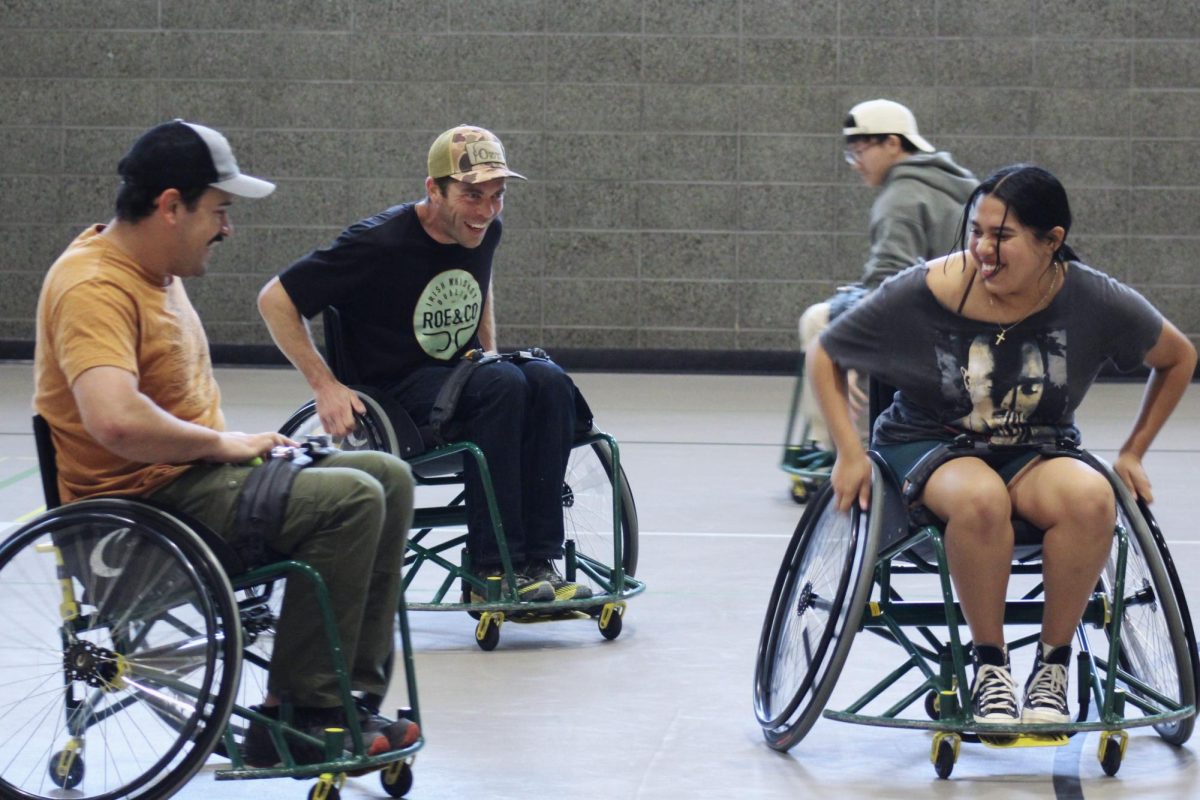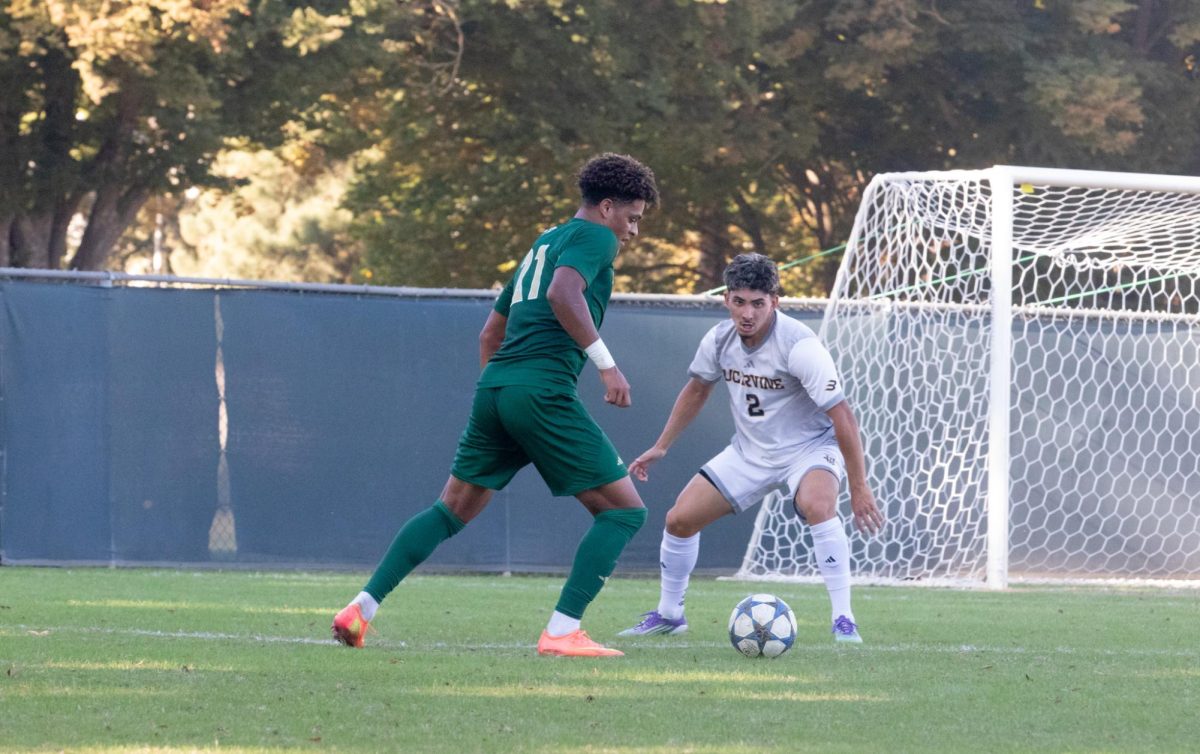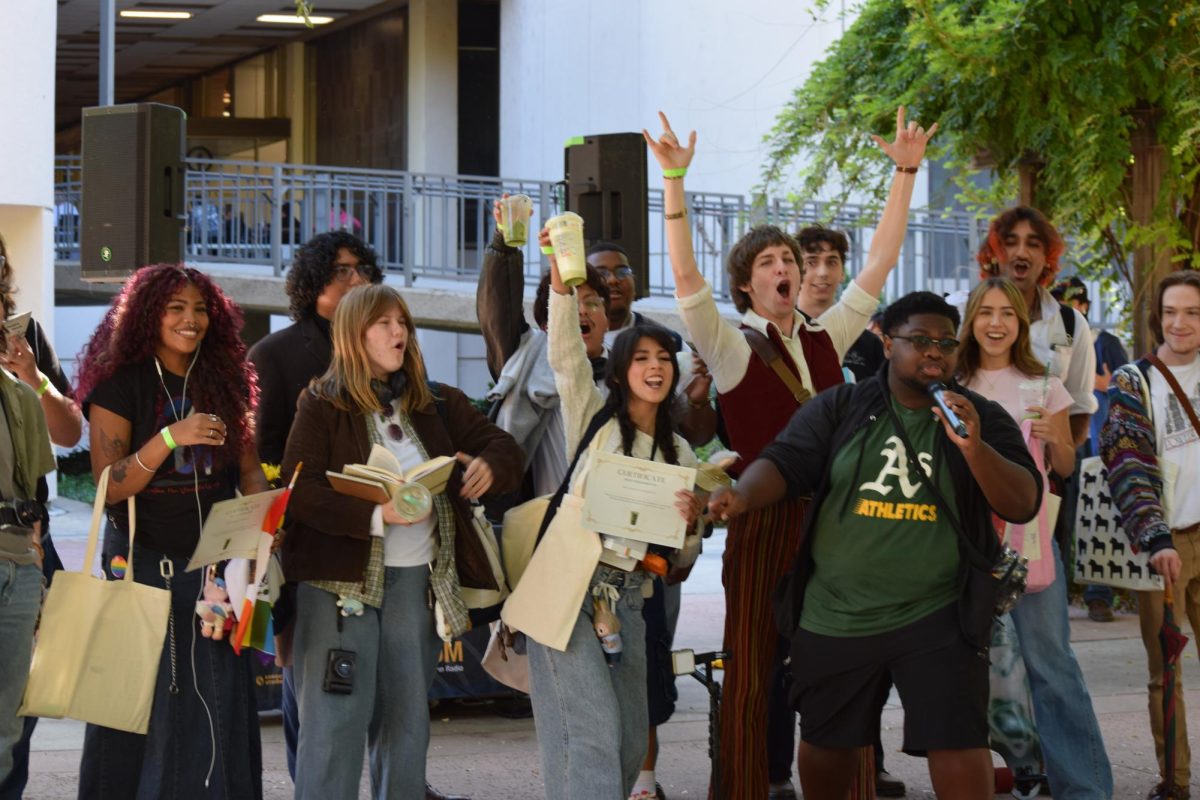CSU Board of Trustees freeze spring admissions
March 28, 2012
In response to a looming cut in state funding, California State University’s Board of Trustees put a freeze on admissions for spring 2013 across all of the system’s campuses. The trustees will also examine the possibility of downsizing faculty, staff and services if a voter initiative is not passed.
Only a small group of transfer students coming into eight campuses, none of which include Sacramento State, will be accepted for enrollment during the usual August application cycle for spring 2013. Applications for the fall 2013 semester are also planned to be put on hold — pending further developments with the state budget.
Sac State’s target admission was 27,500 students for the 2012-13 academic year. Around 800 fewer students, or 3 percent, would be admitted if the CSU’s board is forced to close fall 2013 admissions.
“Right now we’re waitlisting people for fall 2013, and student affairs will be getting in touch with those students the second or third week of April for an update,” said Kim Nava, Sac State’s director of news services. “We’re just hoping, hoping above all that the tax initiative is passed.”
These cost-cutting solutions come in response to Gov. Jerry Brown’s 2012-13 proposed budget, which does not include immediate changes in state funding to the CSU but does rely of the passage of a tax measure by voters in November.
The CSU would face an additional $200 million budget cut if Brown’s proposed initiative is not approved, which would equate to a total state funding cut of nearly $1 billion in the past 18 months. Brown’s 2011-12 budget contained a similar provision, which imposed a $100 million mid-year cut to the CSU system.
“If we were starting from a stable point—we might be able to hang back and wait until it happens before we took action,” Assistant Vice Chancellor for budget Robert Turnage said during a teleconference. “To have another $200 million hit happen halfway through the academic year presents us with a situation where we can’t just sit back and wait for something to happen.”
Turnage said the trustees reviewed options for dealing with the reductions in state funding with the idea raising student tuition was completely out of the question, and examined the consequences.
“Around 85 percent of the CSU’s budget is reserved for faculty and staff … We have to drop the number of people working for us if we’re going to come up with $200 million in spending reductions,” Turnage said. “However, if the number of faculty and staff drops significantly, then so does our ability to serve the amount of students we have, unless we try to reach an equilibrium. There is a need to get our enrollment down.”
A press release from the CSU included academic programs and non-academic programs, such as athletics, student services and health services on the list of possible reductions if the trigger cuts take effect.
“These are not things that we like to have to plan on, but we have to,” Turnage said. “We are looking at other options and analyzing a number of different alternatives. The problem is, anything you come up with—someone is going to hate. There’s nothing but the ugly stuff left.”
Despite the talk of cutting back, CSU administrators approved pay increases for two new campus presidents during Tuesday’s meeting. CSU East Bay President Leroy Morishita was approved for a base salary of $303,660 and CSU Fullerton President Mildred Garcia was approved for $324,500 – along with $72,000 in housing and car allowances for each.
Kevin Wehr, president of Sacramento’s chapter of the California Faculty Association, said the decision is troubling considering it is occurring at the same time as the CSU threatening to reduce faculty.
“The Board of Trustees have literally pulled the trust from the CSU system with their continued obsession with the compensation of top level managers on the backs of staff, faculty and students,” Wehr said.
CSU spokesman Erik Fallis said the pay increases were necessary to attract and retain high-level executive talent, and filling executive positions is never easy during tough budget times.
“In terms of budget cuts—we’re talking about a billion dollars; when we’re talking about executive compensation we’re talking about thousands of dollars,” Fallis said. “We do have presidents who leave and we are obligated to hire presidents who are of quality for our campuses.”
The CSU adhered to its policy when increasing pay for these executives, who were moving to positions at new campuses, and increased it at exactly 10 percent of their predecessors. This policy was adopted by the board in a meeting on Jan. 25.
Wehr said there are several legislative attempts still pending that would put a stricter limit on executive compensation through different means, which he feels is necessary to keep the board’s financial priorities in check.
Miles Nevin, California State Student Association’s executive director, said the CSSA board has neither supported nor opposed legislation limiting executive compensation.
“The board wants to remain focused on what they feel is the primary issue right now, which is the fact the legislature has repeatedly and quite dramatically reduced CSU funding,” Nevin said.
Nevin said it should be a priority for students to continue advocating for higher education on a local level, such as the March in March, which brought thousands of protesters to the Capitol earlier this month.
“We do feel that event was a success,” Nevin said. “In fact, a week later Assembly Budget Subcommittee on Education rejected changes to the Cal Grant program – citing the protest at the capitol as a reason. Efforts like that march have been significant.”
The CSU Board of Trustees is scheduled to meet again to further discuss cost-cutting options in May.
Brett Johnson can be reached at [email protected].




























































































































